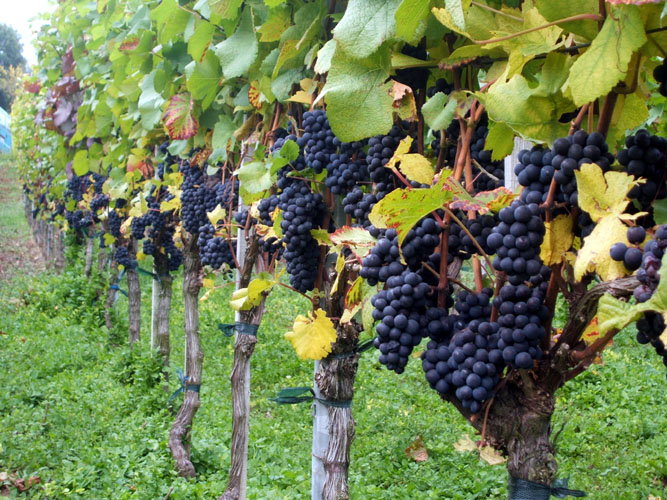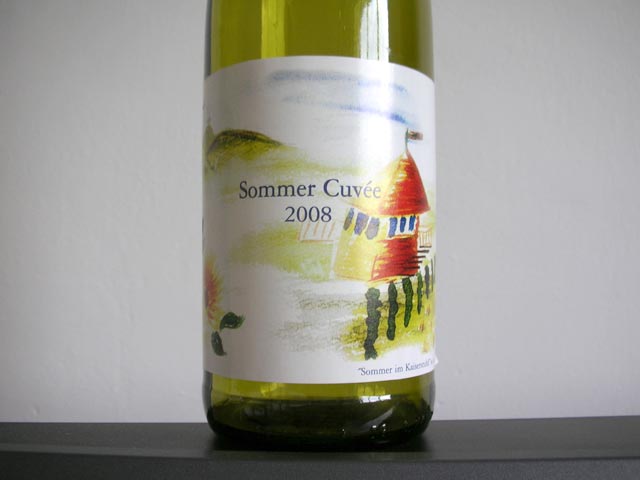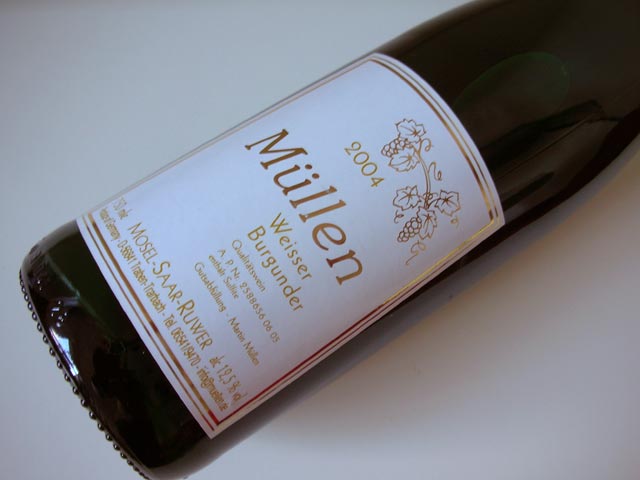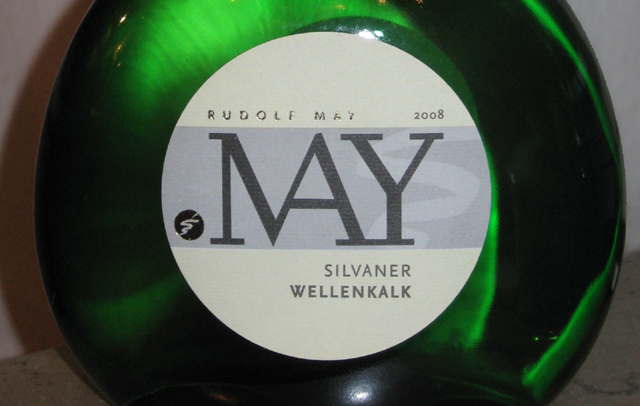A. Christmann, Weißburgunder "SC" Pfalz, 2008
The more Pinot Blanc I drink, the more I appreciate this grape variety. While you will find Pinot Blanc in France and, known as Pinot Bianco, in Italy, Germany is the country that grows more of it than any other: Weißburgunder, as it is known here. The Weißburgunder I am reporting about today was grown in the Pfalz, near the village of Gimmeldingen where the Christmann winery is based. The estate has been owned by the Christmann family for seven generations. It is headed by Steffen Christmann, who also happens to be head of the 'Prädikat Wine Estates', Germany's club of premier estates. In 2004, Christmann changed to organic production and recently even to biodynamic methods. I could not say whether this is the reason for a consistently high quality, but Christmann is certainly doing something right. Now let's have a look at this Pinot Blanc, shall we?
















